After the Deepwater Horizon Oil Spill in 2010, the National Fish and Wildlife Foundation awarded funding to several organizations to mitigate the impact of the spill in Gulf counties. The Sea Turtle Conservancy (STC) has been a recipient of this funding since 2010. Currently, STC has funding to retrofit problem lighting on beachfront properties in Pinellas, Manatee, Sarasota, Charlotte, Lee, and Collier counties. STC also has funding for dune restoration at properties that we have already retrofitted. Click the video below for information about STC’s lighting retrofit program:
To target potential properties to retrofit, STC collects information from colleagues at the Florida Fish and Wildlife Conservation Commission (FWC), local sea turtle groups, code enforcement personnel, coastal resource managers and preliminary night surveys of the beach and compiles a list of properties with problematic lights in respective counties in which we are working. These properties either have a history of causing sea turtle disorientations, have been identified by local officials as being out of compliance with lighting ordinances or they were identified by STC staff during night-time visits as having lights that were visible from the beach that could impact sea turtles. Priority is given to properties that are directly on the beach and/or adjacent to existing areas of darkness such as conservation lands and natural parks.
After we evaluate a property, STC designs specialized sea turtle lighting plans to meet Florida safety and building code requirements while also shielding the light from the beach, lowering the light if necessary and using the latest in amber LED bulbs, which emit wavelengths that minimally affect sea turtles. Lighting plans incorporate light fixtures and bulbs that have been certified as wildlife friendly by FWC. In some cases, plans are sent to lighting engineers for a detailed analysis of light levels in the areas we propose fixtures. STC sends property managers grant packages after lighting plans are complete.
During the installation phase, staff monitors the progress of each retrofit and assists with implementation as needed to ensure completion. When projects are completed, staff conducts post-retrofit inspections to verify all grant stipulations were satisfied and the installation was done properly. Post-retrofit inspections include collecting light meter measurements at approximately the same location as previous recorded measurements, photo documentation of the property at night and ensuring all problematic light sources were addressed in the retrofit. If STC deems the project complete, the project deliverables are processed and the property owner is provided the remaining amount of the total grant award.
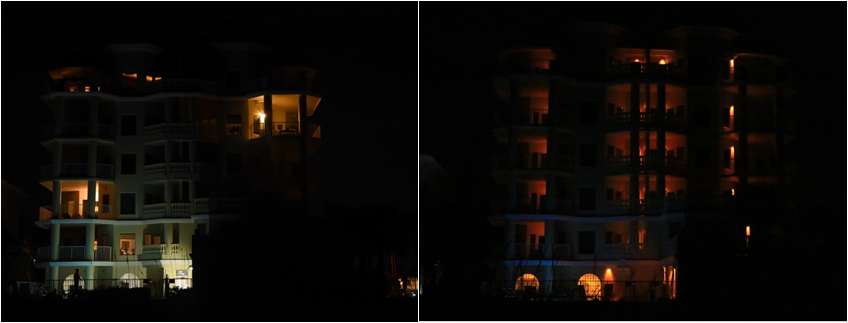
Chalet on White Sands, Pinellas County
 Single-family home, Pinellas County
Single-family home, Pinellas County

Chateau on White Sands, Pinellas County
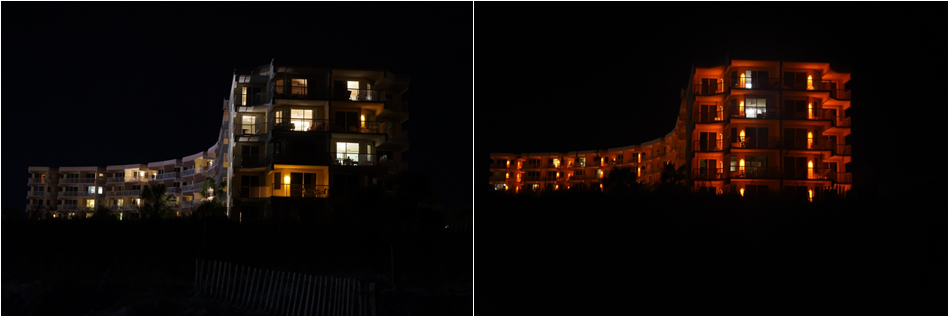
Destin West, Okaloosa County
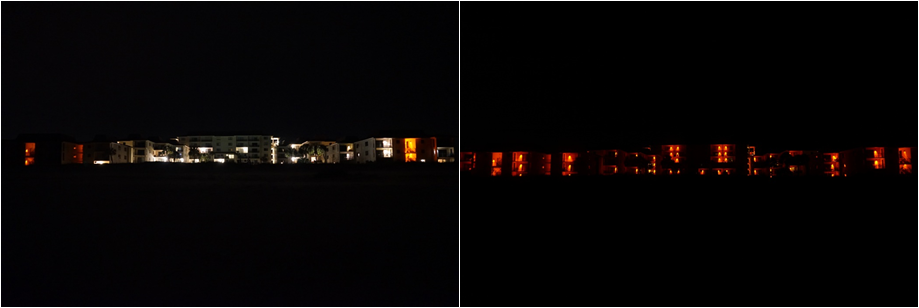
Mariner Condominiums, Escambia County
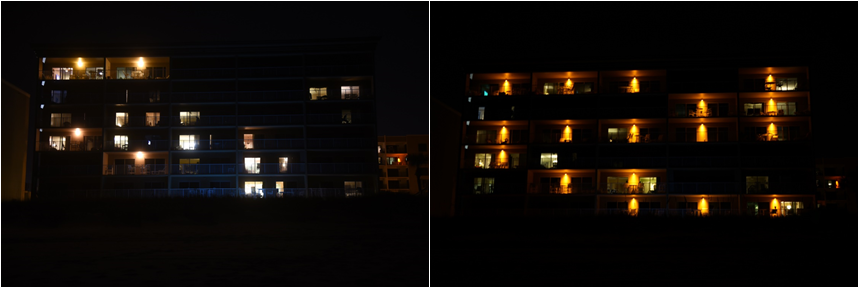
Summerlin Condominium, Okaloosa County
Single-family home, Gulf County

Holiday Surf and Racquet, Okaloosa County

Regency Towers, Bay County

Emerald Isle, Okaloosa County
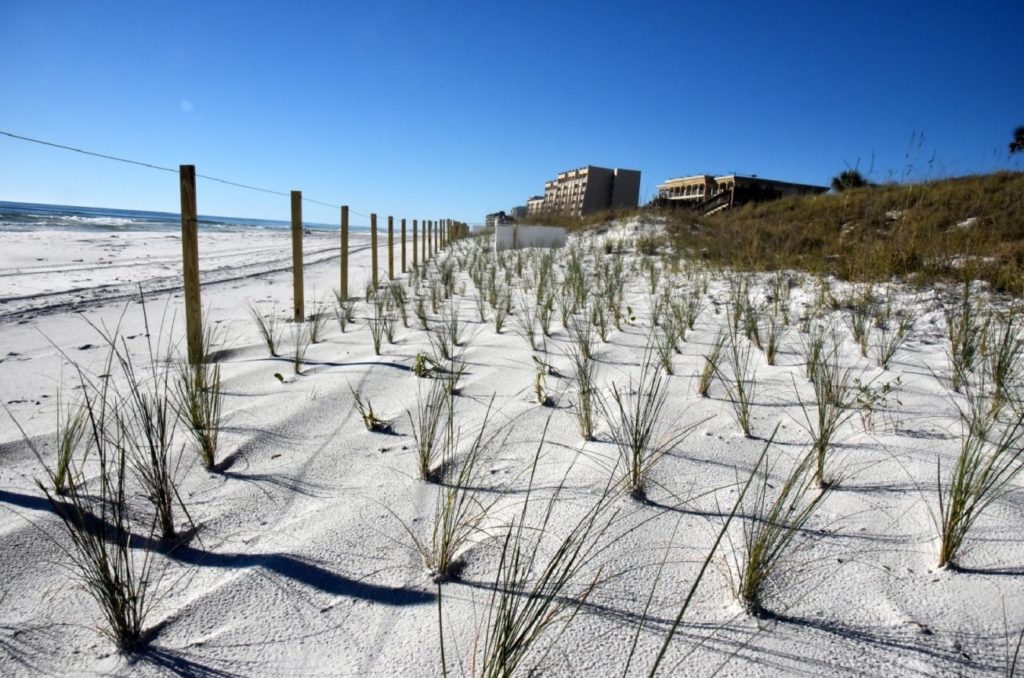
This is an example of a dune planting completed at a retrofitted property during Phase I of STC’s lighting program.
Through the same GEBF grant that funds lighting retrofits, funding is also available for dune enhancements at properties in which STC has executed a contract. Planting native dune vegetation serves to trap and stabilize sand, which contributes to a taller and wider dune environment and provides increased protection against erosion. Dune planting can also reduce the amount of artificial light reaching beach habitat. Candidate projects are selected based on their initial interest in retrofitting their properties and having less than optimal dune conditions as a result of high levels of pedestrian traffic and erosion.
A local dune restoration company (Dune Doctors, LLC) implemented our dune planting projects during Phase I of our GEBF grant using best management practices, which included surveying the existing natural plant community, selecting plants appropriate for site conditions, designing plant layout to maximize success, planting in cool periods and monitoring plant survival. A mixture of native grass and groundcover species were used for plant community diversity, consisting mostly of Sea Oats (Uniola paniculata) and Dune Panic Grass (Panicum amarum), but also Seashore Elder (Iva imbricata), Sea Purslane (Sesuvium portulacastrum) and Beach Morning Glory (Ipomoea pes-caprae).
To see what sea turtle friendly lighting looks like, visit the Finding Turtle Lighting page.